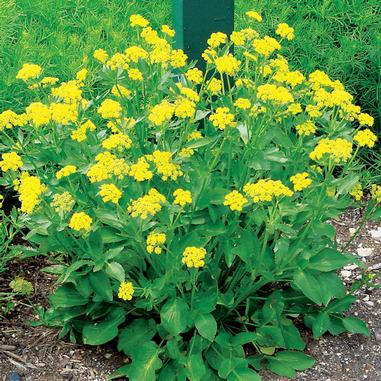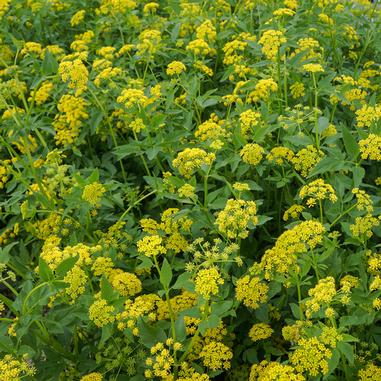The once lethargic and hushed landscape became frenetic and boisterous with the jubilant sound of chirping and twittering birds who seemed to have a season’s worth of gossip to share. The squirrels too descended in mass from the trees to forage and romp. The landscape had come alive and intimated a welcoming narrative of Spring’s imminent arrival.
With the recent onset of longer days, warming temperatures, and rainfall, nature is beginning to stir – pushing forth Snowdrops, Crocus and Squill. Even our lawns are starting to awaken from their seasonal slumber, slowly morphing from brown to green, and the symphony of bird songs confirms nature is about to get busy. And so should we.
March 15th – April 15th is the ideal time to seed lawns. This may seem a bit counter intuitive, considering our frost-free date is generally mid-May, but consider these important facts: Kentucky Bluegrass takes about a month to germinate and an additional 6-8 weeks to establish. So, if you do the math, a lawn seeded in April will not be fully established until late June, early July. Bluegrass is generally blended with fescue and/or perennial ryegrass, each with their own attributes. These augmented seeds are sometimes referred to as “nurse” seeds. It is thought they help protect and aid in Bluegrass’s success. Generally speaking, fescue does better in the shade and perennial ryegrass provides quicker cover.
So, if you’re thinking of seeding or reseeding your lawn, act now and contact Sweeney’s today! Don’t you and your lawn deserve it? We think so!
Plant of the Week


Golden Alexanders
Clusters of small, golden-yellow flowers bloom atop light green stems and serrated foliage April – June. Prefers sun to partial shade, and moist, well-drained soil. Grows 24-36″ tall and 18-24″ wide. Attracts butterflies and other pollinators. Provides early source of nectar. Deer resistant. Native.
“Pull back the frosty veil of Winter to reveal the virginal face of Spring.”
-Kim Sweeney
Best wishes,
Kim Sweeney
